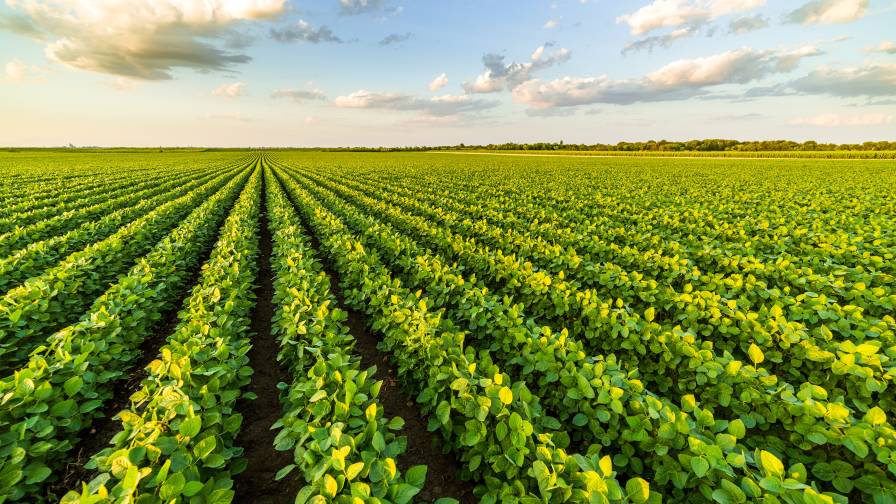Boron’s Importance In Plant Development And Growth
One of the micronutrients that is essential for crop health also happens to be one of the most deficient in the majority of fields: boron.
Boron (B) is vital to plant health, due to its role in forming and strengthening cell walls, according to CropNutrition.com. Low boron levels lead to poor growth of fast growing tissues and plant development. Different plants need different amounts of boron, but for the most part, boron is not easily transported within the plants. For that reason, boron should continuously be available for uptake by the roots, and especially prior to flowering, as it is vital to the reproduction process.
Boron’s role in forming and strengthening cell walls is critical. However, concentration of boron is different among species — dicots require higher levels than monocots, and therefore demand higher boron levels in the soil. Boron deficiency results in short, thick cell walls, and root and pollen tube elongation is inhibited. Flowers can fail to set seeds. And research also shows that boron is important in nitrogen fixation and nodulation in legumes.
Most field crops, including corn, soybean, wheat, barley, canola, rice, alfalfa and others, cannot remobilize boron through the phloem, from old tissues to new tissues. Boron is mainly mobilized with the flow of water through the xylem from the roots to the leaves. Because deficiency symptoms in field crops are found in the growing tissue, these crops are very sensitive to even short term deficiencies which can occur rapidly. Foliar B fertilization therefore provides limited value because it is restricted to the sprayed tissues and has no ability to supply B for later growth.
Boron deficiency first affects the cell walls or reproductive organs. However, with severe boron deficiency, stunted growth and death of growth tissue can be found. A few species lose their green color or are subject to leaf death, but those are seldom the first symptoms of boron deficiency. Because some crops make it difficult to visually see a boron deficiency, the best strategy for B is to prevent deficiency with soil application of the micronutrient.
Boron is absorbed as boric acid by plants’ roots. Crops exhibit very little control of B uptake. Consequently, plant B accumulation is directly related to transpiration and soil B availability. Because the range between deficient and toxic availability is very narrow, uniform B availability through soil applied fertilizer is critical to ensure optimum nutrition.
While boron is an important nutrient on its own, it also has a positive impact on the uptake of potassium and phosphorus in many plants. In short-term experiments, uptake of potassium and phosphorus were severely reduced under low boron conditions.






